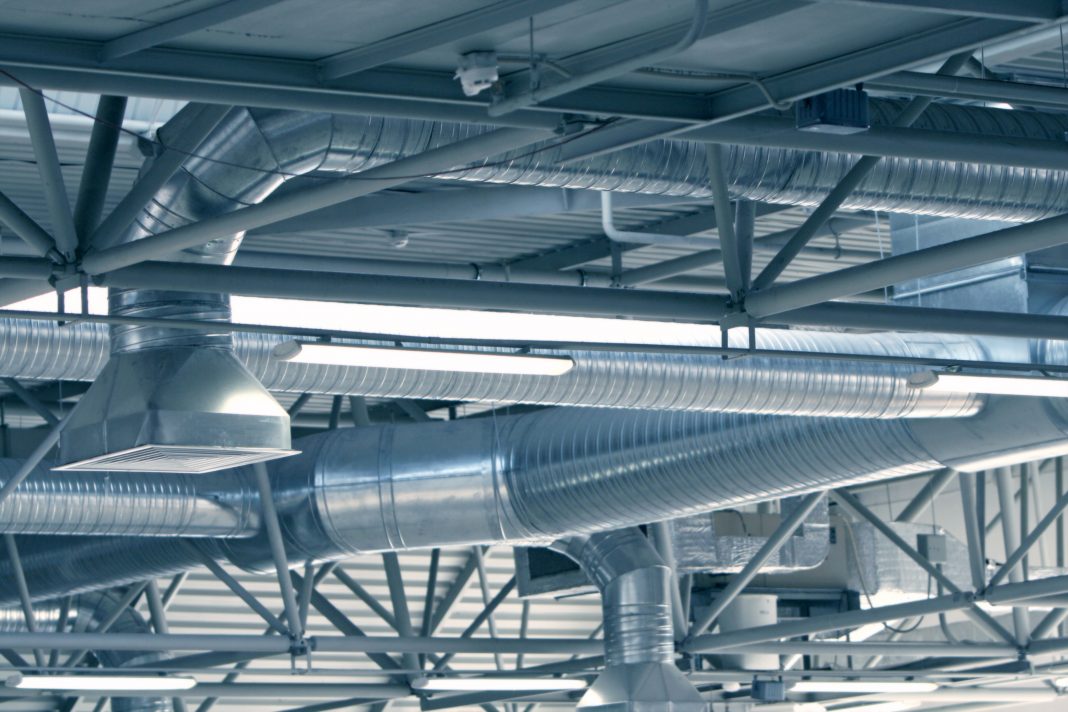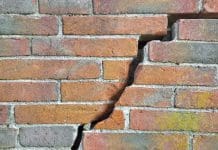The recent health crisis triggered by the Covid-19 pandemic has brought the debate on Indoor Air Quality developments to the broader attention of the mainstream media, BSRIA explores its importance
We spend over 80% of our time indoors and perhaps a little more since national and local lockdowns were introduced across the world due to the pandemic. There is increasing pressure on employers to address the issue of providing good Indoor Air Quality (IAQ) in the workplace in order to get staff back to work safely.
What is Indoor Air Quality?
According to the US EPA (the United States Environmental Protection Agency), indoor air quality refers to the air quality within and around buildings and structures, especially as it relates to the health and comfort of building occupants.
Understanding and controlling common pollutants indoors can help reduce the risk of indoor health concerns.
HVAC and Covid-19
In recent years, IAQ has gained increased attention from HVAC specifiers in the commercial space. Designers, especially in Europe and in the US have endeavoured to specify fully-featured ventilation solutions to keep pace with the evolution of regulatory compliance and the increasing sophistication of end-user requirements.
To improve comfort levels and guarantee the health and safety of the built environment occupants, ventilation systems have become elaborate and progressively more customised. In fact, there is no one-size-fits-all solution for IAQ, which remains a vague concept until it is applied to the relevant building site and vertical market.
The recent health crisis triggered by the pandemic has brought the debate on IAQ from closed HVAC industry circles to the broader attention of the mainstream media. The claim that a badly designed ventilation system in a public space could facilitate the viral contagion among the occupiers has caused anxiety among the general public and sparked a renewed interest in IAQ facility upgrades engaging building owners as well as operators.
The urgency of enhancing the IAQ solutions prompted by the health risk associated with the Covid-19 spread represents a challenge for regulators and specifiers, a cost for building owners, and an opportunity for product development for HVAC manufacturers.
Building services and the return to work
Although the pandemic has not receded yet; businesses are planning how to bring staff back safely into workplace, looking for ways to do it efficiently and cost-effectively.
The occupancy levels of buildings vary greatly across major economies and cities. Commercial real estate services firm, Cushman & Wakefield, reported that the “office real estate market will get back to pre-Covid level, in 2025”. The study also reports that “work from home will double, and hybrid working will increase. The share of people working permanently from home in the US and Europe will increase from roughly 5-6% pre-Covid-19 to between 10% and 11% post-Covid, while the share of hybrid working, also referred to as agile working, will increase from between 32% to 36% to just under half of all workers”.
Building services engineers will increasingly face the new challenge of how to bring existing buildings with reduced occupancy levels to an acceptable standard for the safe return of employees. Some of the strategies under consideration include redesigning layouts, zonal HVAC controls, dilution ventilation, VRF with DOAS (100% fresh air), cleaning of air ducts, filtration, ultraviolet germicidal irradiation (UVGI), smart sensors and smart controls etc. The utilisation of some of these strategies will depend on cost, time and knowledge from building owners, service and maintenance contractors, and building services engineers.
Covid-19 impact on the HVAC industry
The BSRIA Covid-19 Air Conditioning market update study captured the growing trend towards the use of VRF with DOAS and an increase in the number of Air Handling Units sold with DX coils.
The 2020 global Covid-19 pandemic has catalysed attention and awareness of the importance of hazard-free indoor air in the commercial space. In the near future, regulatory requirements and building end-user requests will make IAQ an essential aspect of the specification. Developers may nurture an interest in enhancing their building environmental wellness as this would contribute to an increased value of their assets.
The consequences of this transformation on the HVAC industry are still hazy.
Ventilation and air conditioning companies are developing new solutions and working in partnership with control suppliers, specifiers and regulators specially, to resolve the apparent incongruity between efficiency and IAQ. The process is in its infancy and is confined to the geographical context of the developed countries. Nevertheless, it is clear the trend will continue even when the Covid-19 emergency is finally tamed. This trend will refocus the attention of the specifiers of commercial buildings, widening their concept of sustainability in construction from a restricted reference to efficiency confined to cost and carbon emission containment to a wider target which includes health, wellness and employee productivity.
BSRIA is preparing a market study, to be launched in the new year, looking at IAQ product developments in non-residential buildings and highlights the fact that, although the focus is there, the focus is likely initially to be limited in terms of geography and the tightening up of legislation.
Also, in terms of verticals, the pressure to improve IAQ will be stronger in certain verticals, such as education, healthcare, hospitality and offices to protect employees from poor air quality and to minimise the impact not just from future pandemics, but from air pollution and other particles in the workspace.
BSRIA

















